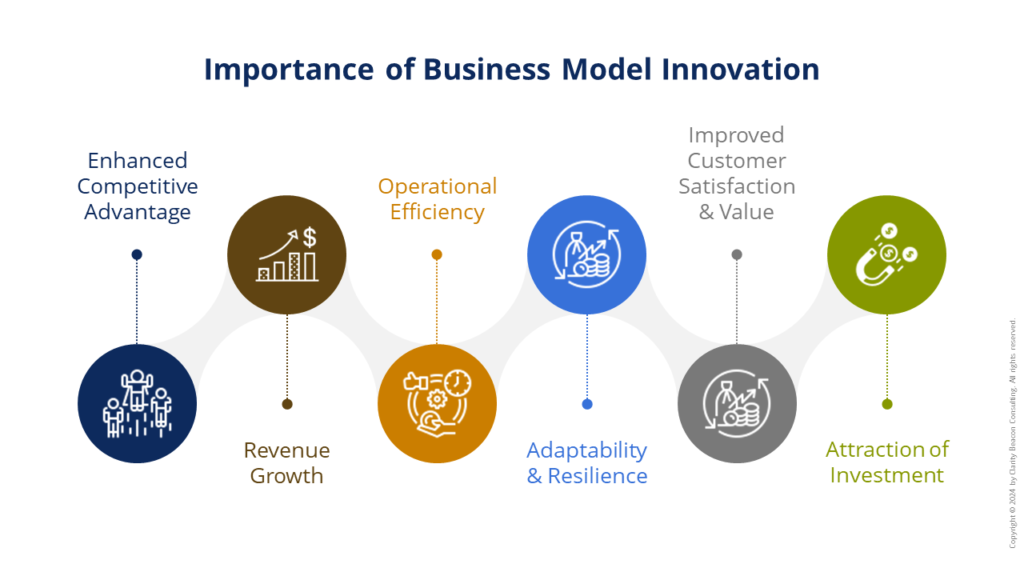Adaptability in today’s rapidly evolving and competitive business world is more important than ever. Businesses are constantly grappling with technological advancements, shifting consumer behaviors, and dynamic market trends – and only those that stay ahead of the curve thrive
The high likelihood of obsolescence is underscored by the fact that companies listed on the U.S. stock market before 1970 were 1.5 times more likely to survive the next five years compared to those listed from 2000 to 2009, even after accounting for the impact of events like the dot-com bust and the Great Recession
Today’s Ever-Changing Business Ecosystem
Technological advancements – Rapid technological changes disrupt existing models, requiring businesses to innovate or risk obsolescence
Changing consumer behavior – Evolving customer preferences and expectations demand continuous adaptation and innovation to stay relevant
Regulatory changes – New laws and regulations impose constraints, necessitating business model adjustments to ensure compliance and avoid penalties
Disruption in industry dynamics – Competitive pressures and industry disruptions force businesses to rethink their strategies to maintain or achieve market leadership
Economic shifts – Fluctuations in the economy, such as recessions or booms, challenge businesses to adapt quickly to protect and optimize their operations
Sustainability and Social responsibility – Growing demands for sustainable and socially responsible practices compel businesses to innovate to meet stakeholder expectations and enhance their brand reputation
Prioritizing Business Model Innovation
What does an ever-changing business environment mean for companies today? It means that business leaders need to prioritize Business Model Innovation by creating new or modifying existing business models to create new value propositions, capture new market opportunities, and gain a competitive advantage
Business Model Innovation can take several forms including:
New revenue models – Defining novel ways of generating revenue, such as pay-per-use, flat fee, licensing, subscription-based
Value proposition innovation – Developing products, services, or features better meeting consumer needs and achieving a unique selling proposition
Cost structure innovation – Identifying cost-saving opportunities, optimizing resource allocation, and embedding technologies to cut costs
Distribution channel innovation – Finding new channels or improving existing ones to reach customers more efficiently
Platform and ecosystem innovation – Build platforms and ecosystems that connect stakeholders and create value through network effects and collaborations
When done right, Business Model Innovation can result in businesses seeing:

To ensure your company’s business model is built for the future, contact Clarity Beacon Consulting. Start your journey toward unlocking untapped value today by visiting www.claritybeaconconsulting.com or emailing us at info@claritybeaconconsulting.com
Sources: 1. Dartmouth, Tuck School of Business. “Strategy When Creative Destruction Accelerates”
